Towards the end of March 1942, the Berlin High command realized a need to defend its naval traffic along the southern Crimea peninsula and in the Sea of Azov with light and fast escort units and a number of small tonnage submarines.
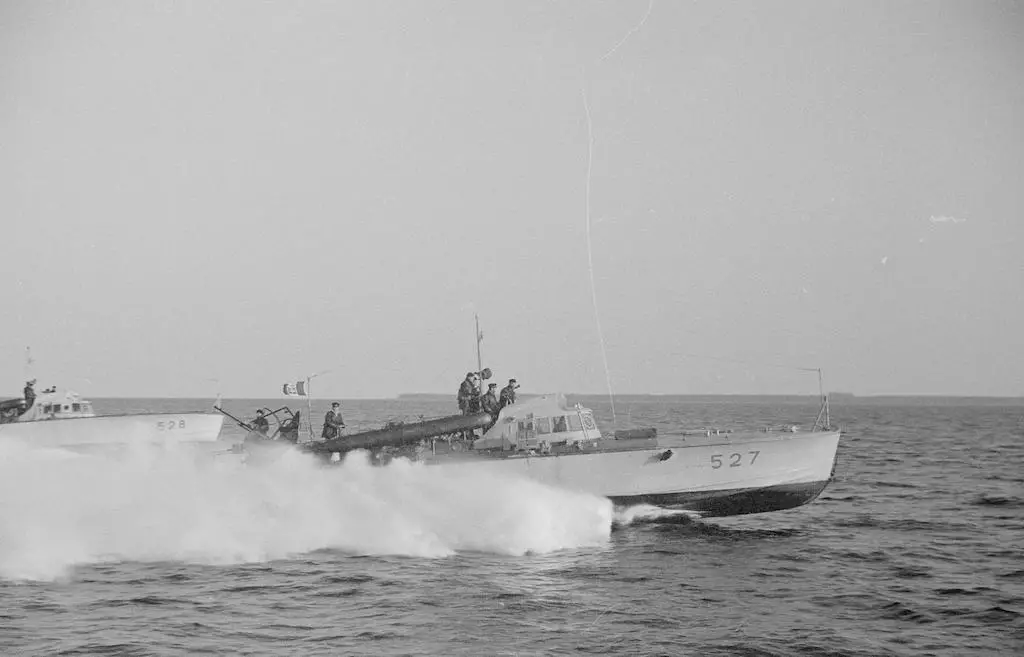
A Series 500 MAS boat.
In spring 1942, Germany deployed a small but efficient number of coastal motor patrol vessels and submarines in the Black Sea along the Danubian river. The Germans, however, could not really afford the deployment of these vessels. German Admiral Erich Raeder asked the Italian Regia Marina for assistance in these far theaters, including support in the great Ladoga Lake. Raeder requested a mixed flotilla composed of Motoscafo Armato Silurante (MAS), CB midget submarines, and Explosive Motorboats.
Soviet Black Sea Fleet
MAS and CB midget submarines were crafts fit to counter the frightening Soviet fleet in the Black Sea. Soviet vessels included the Pariskaja Kommuna battleship, four heavy cruisers, among them the Molotov, based on a pre-war Italian project, approximately ten naval destroyers, some of which were heavy ones such as the Kharkov class, approximately 29 small and medium tonnage submarines and numerous patrol and transport units.
Germany Requests Italian Naval Assistance
Favorably impressed by the numerous successes obtained from Italian assault crafts in the first two years of war in the Mediterranean Sea, Raeder had good reason to consider Italian support. Raeder made a formal request for Italian naval participation in the Black Sea on 14 January 1942.
Interestingly, between 1940 and 1943, this was the only time in which Germany asked Italy a specific request for military support.
..of the superiority of light torpedo crafts, either submarines or surface ones, of the Regia Marina regarding those which we had.
Therefore, in order not to disappoint the ally, Italian Admiral Riccardi provided immediate approval to send four MAS of 24-ton displacement, six 35-ton CB submarines, five Torpedo Motorboats, and five Explosive Motorboats. These vessels formed three squadrons of the 101st Flotilla and put under the command of Capitano di Fregata Francesco Mimbelli.

Capitano di Fregata Francesco Mimbelli
Deployment to the Black Sea
Deploying these units to the Black Sea became the first big problem. Transportation by land became the only reasonable solution since the Turkish Dardanelli Strait closed to military naval traffic. In order to try to resolve this difficult issue, the Italian Navy Command prepared a column of 28 motor vehicles, three tractors, nine trucks, tankers, and trailers. This long column of vehicles left the La Spezia base on 25 April 1942. It successfully overcame innumerable obstacles and difficulties such as having to demolish buildings along the way in order to let the cumbersome vehicles pass. The column eventually reached Vienna, where the boats were put in the Danube. From here they reached the Rumanian port of Constanta on 02 May 1942.
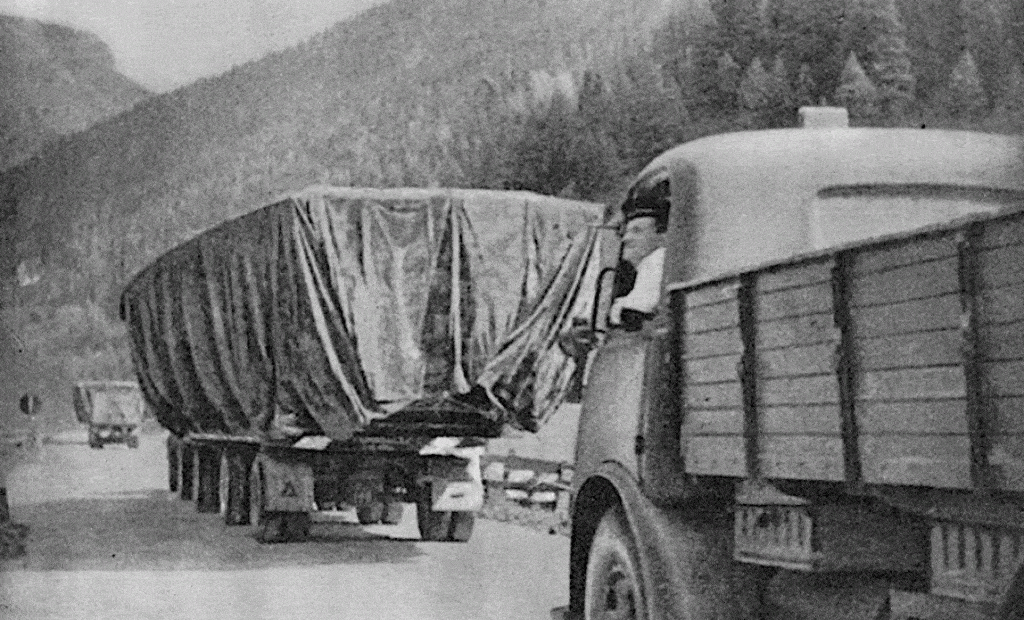
All Italian units finally reached the Russian port of Yalta, which became their first operational base. A few days after arriving, Italian units were ready to strike the numerous Soviet warships and transport vessels in the sea between the Sevastopol fortress, the Strait of Kerch and the bases of Novorossijsk and Tuapse.
You May Also Like:
Regia Marina in the Far East.
Motoscafo da Turismo: Explosive Motorboats.
From May 1942 to May 1943, Italian units carried out intense and effective operations, sinking various vessels and earning the respect of their German allies and Russian adversaries.
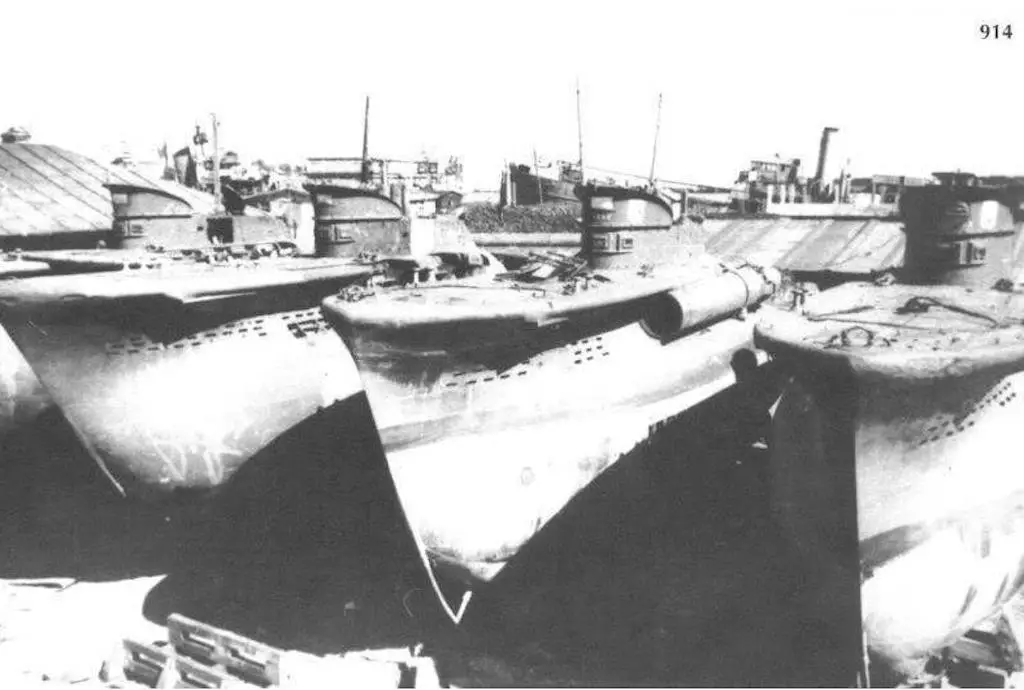
Italian CB submarines arrive at the port of Constanta, Romania in the Black Sea.
Italians Military Actions in the Black Sea
The 11 and 13 June 1942, the MAS torpedoed and sank a 5,000-ton steamboat and crippled a 10,000-ton transport vessel which a German Junker 87 eventually sank.
Divided among the bases of Yalta and Feodosia, the Italian units faced aggressive aerial attacks by the enemy. Over 700 Soviet aircraft were in the area comprised of fighters, bombers and reconnaissance aircraft. Without adequate air protection from the Regia Aeronautica or the German Luftwaffe, MAS and midget submarines began to endure losses.
At dawn on 13 June 1942, a group of Soviet Yak and Ilyushin fighter and fighter-bombers, supported by about a dozen torpedo boats, attacked the port of Yalta and sank submarine CB 5 commanded by Sottotenente di Vascello Alberto Farolfi.
During night operations on 15 and 18 June 1942, CB 2 and CB 3 torpedoed and sank Soviet submarines S32 and SHCH 306, with a respective displacement of 1,070 and 705 tons. The Soviet subs were hit while cruising on the surface. It should be noted some sources credit German aircraft for sinking the S32.
Likewise, on 18 June 1942, two Italian MAS units attacked a column of large enemy motor barges loaded with soldiers, which was escorted by six gunboats and heading toward Sevastopol. In the action, the MAS sank a Soviet transport. However, Sottotenente Ettore Bisagno lay mortally wounded aboard MAS 571.
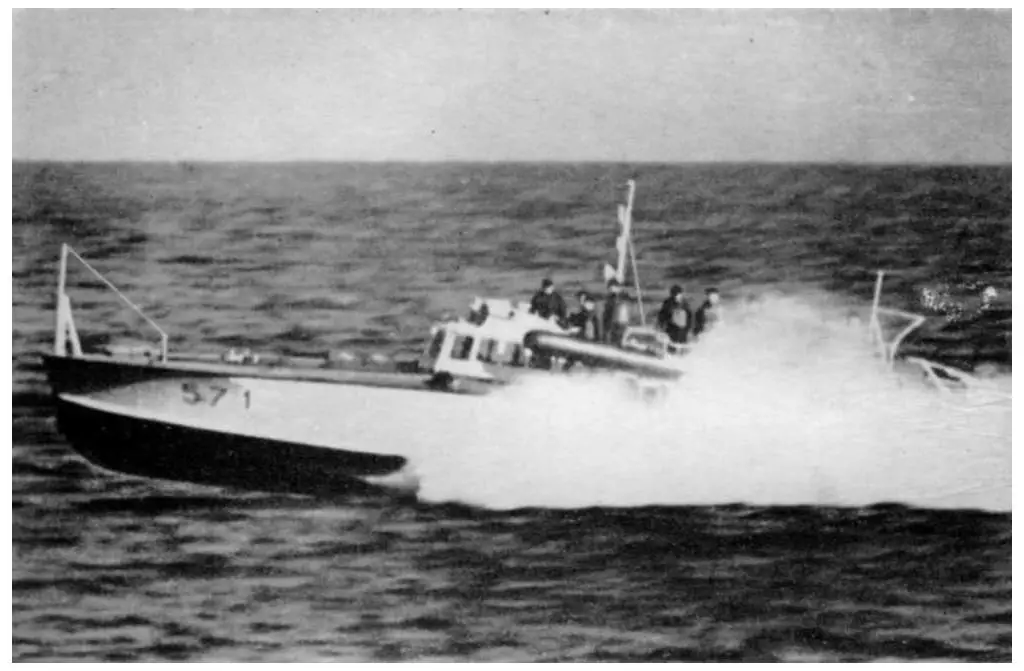
MAS 571 at full throttle.
On 19 June 1942, MAS-571 torpedoed and sank Soviet submarine ShCh-214 near Cape Ai-Todor.
Between the end of June and the first days of July, Italian, Germans and Rumanians participated in the conquest of the Sevastopol and Balaclava fortresses. In these operations, Capitano di Corvetta Todaro distinguished himself with his unit by repeatedly attacking numerous enemy naval vessels being used to evacuate specialists, political commissaries and high-rank officers of the Soviet Army.
In the course of this huge battle, which took place in the Crimea waters between May and July 1942, the four MAS conducted 65 missions, while Torpedo Motorboats and CB Submarines conducted 56 and 24 sorties respectively.
German Appreciation
On 29 June, German Admiral Schuster, Chief Commander of Kriegsmarine South Group, sent Admiral Riccardi his personal congratulations on the excellent results demonstrated by the Regia Marina. Schuster pointed out in an official radio communication:
…the fighting spirit of Italian crews commanded by Capitano di Fregata Mimbelli.
When the German Army Group South moved east, the Italian Flotilla in the Black Sea moved its support bases east as well. The Italians consolidated their logistic positions in Feodossija and Iwan Baba.
Naval Engagement Against the Molotov and Kharkov
The night of 2 and 3 August 1942, MAS 573 under Capitano di Corvetta Curzio Castagnacci, MAS 568 under Sottotenente Emilio Legnani, and MAS 569 under Sottotenente Ferrari attacked the Heavy Cruiser Molotov (Kirov class) and Destroyer Kharkov (Leningrad class ) southwest of Kerch. The Molotov and Kharkov were en route to intercept German transports.
The two large Soviet units, commanded by Commodore N.E. Basisty maneuvered near the coast and opened fire with their 181, 122 and 100 mm guns. Meanwhile, the MAS boats and German small barges lay situated between Iwan Baba and Feodosia. MAS 573 and MAS 568 decided to immediately attack. Torpedoes from MAS 573 missed, but Legnani’s MAS 568 maneuvered to a very short distance from the cruiser and launched its two torpedoes. The first missed, while the second succeeded in hitting the aft hull of the Molotov. Even after being hit, the Molotov kept hammering the Italian units with its 100 and 45 mm guns.
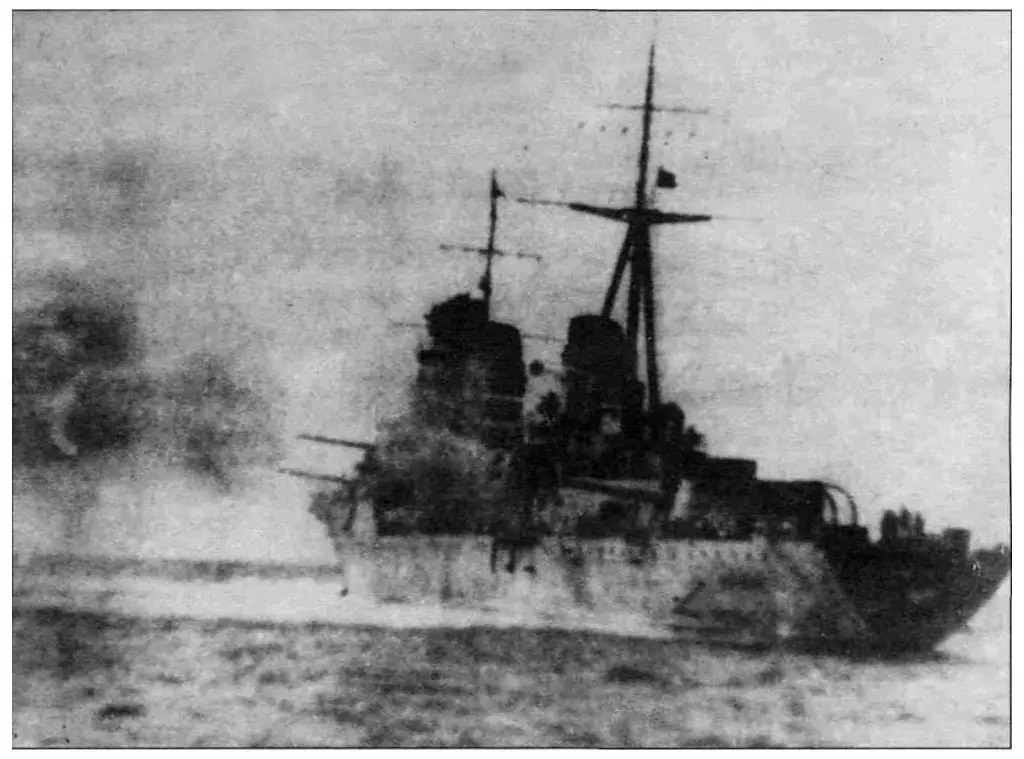
After the strike, MAS 568 tried to outrun the adversary with quick evasive maneuvers. The Destroyer Kharkov chased MAS 568 at full speed after arriving to help the Molotov. Commander Legnani ordered his men to drop all ten depth charges the unit had aboard. Prior to jettisoning, they triggered them to minimal explosion depth. The depth charges exploded in fast succession immediately ahead of the Kharkov, damaging it so badly that it forced the Russian destroyer to stop. Both the Molotov and Kharkov retreated toward the east to reach their base.
MAS 568 managed to return to Yalta but was attacked on the way by Soviet aircraft drawn in by the explosions.
On the morning of 3 August 1942, MAS 573 and MAS 569 returned to Feodossija.
Results of this Engagement
Most importantly, this brilliant action caused Molotov to be crippled. Molotov was towed to a shipyard in Batumi port where it required two years of repairs. Repairs included the complete substitution of about twenty meters of the aft hull. This substitution came from its twin unit Frunze, still under construction. The Kharkov also required a few weeks of repair at a shipyard.
Italian MAS units conducted six additional patrols after this event before sinking a 3000-ton steamboat.
Mussolini’s Navy: A Reference Guide to the Regia Marina, 1930-1945
Soviet Air Attack
On 9 September 1942, following an official visit by Admiral Reader at the Italian base of Yalta, a squadron of Soviet fighter-bombers struck the base. The Soviet aircraft scored hits and sank MAS 571, MAS 573 and a barge. They also successfully damaged MAS 567, MAS 569 and MAS 572.

MAS 571 lay destroyed following a Soviet air attack on 09 September 1942.
Between October 1942 and January 1943, Italian naval activity began to diminish due to wartime losses and limited oil supply. Regia Marina eventually authorized its crews to return home upon transitioning the remaining Italian vessels to German sailors. It should be noted that German sailors received training at the Italian base of Pola, Istria, and in the motor factory Isotta Fraschini, in Milan.
Last MAS Mission in the Black Sea
Between January and March 1943 Italian units continued fighting. On 17 April 1943, during a German operation to retake a large bridgehead in Novorossiysk area, seven MAS along with some German Torpedo Motorboats, deployed to Anapa to attack Russian coastal traffic. After fruitless efforts, all operations in that sector became suspended on 25 April 1943. It should be noted that Italy had replaced MAS losses incurred in 1942 with new vessels.
Italy abandoned the Feodosia and Iwan Baba bases because of the increased Russian air offensive. The last mission of the Italian MAS occurred on 13 May 1943 off Yalta. On 20 May 1943, Italians relegated their crafts to the Kriegsmarine following an official ceremony.
Final Italian Victory and Eventual Soviet Capture
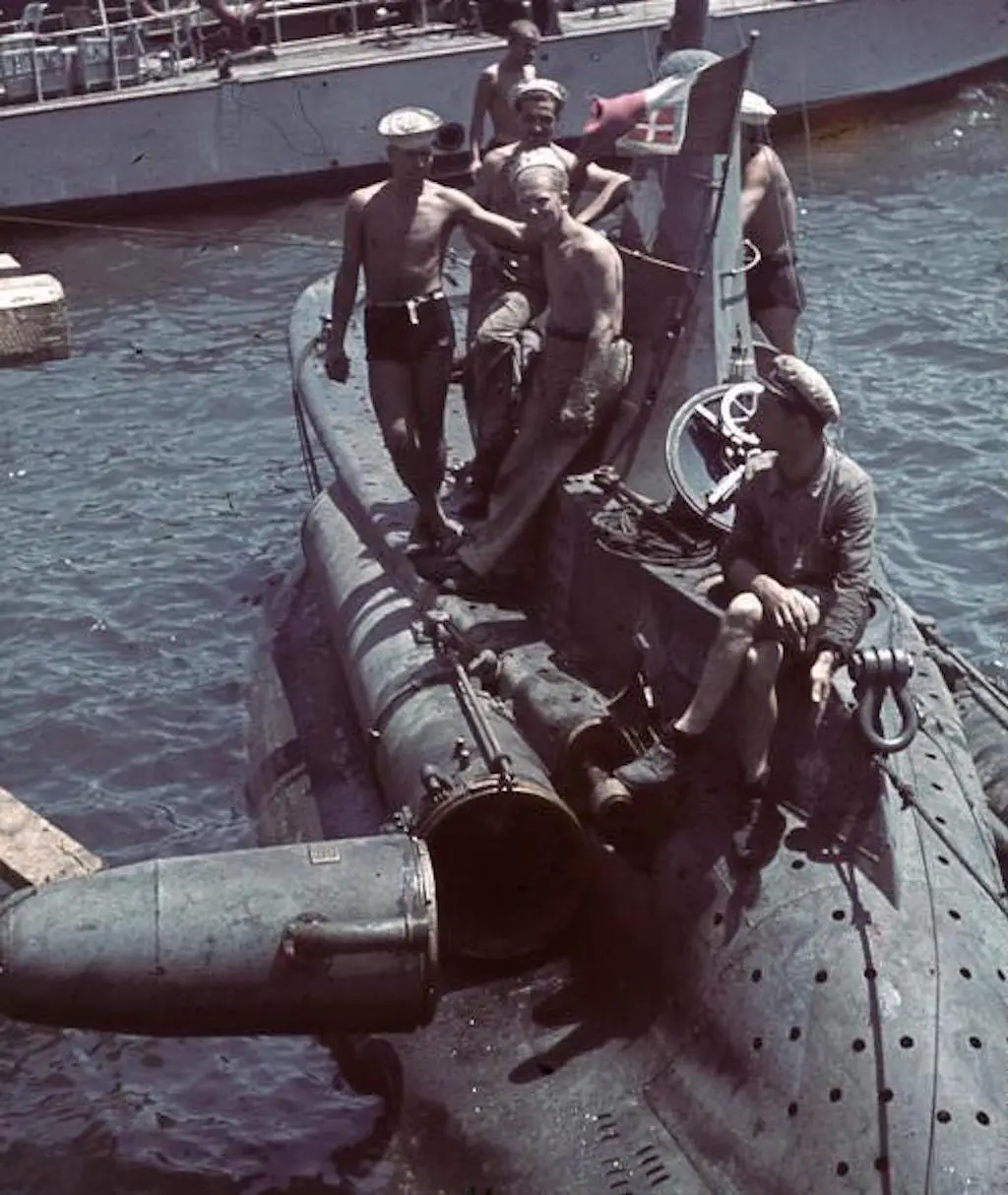
Italian CB submarine in port in the Black Sea. Image Credit: Bundesarchiv, N 1603 Bild-289 / Horst Grund / CC-BY-SA 3.0.
Ultimately, CB coastal submarines became the last units with Italian crews to continue operation in the Black Sea. Homeported at the new Sevastopol base, the submarines conducted another 21 missions between June and August 1943. Among these missions, only one – that on the 25 and 26 August – had a positive result. The CB commanded by Tenente di Vascello Armando Sibille torpedoed and sank a Russian submarine of unidentified class. Subsequent to this sinking the last submarines transferred to the Rumanian navy and lay docked in the port of Constanta. By August 1944 Russians captured the deteriorating vessels.
Regia Marina MAS in Lake Ladoga
A truck column transported two MAS vessels from La Spezia to the coast of this lake located north of St. Petersburg. The column traveled more than 3,100 kilometers in 26 days. Capitano di Corvetta Bianchini commanded the 12th MAS Squadron consisting of MAS 526, 527, 528, and MAS 529 on Lake Ladoga. On 15 August 1942, MAS 527 commanded by Tenente di Vascello Renato Bechi, sank a Soviet gunboat of the Bira class. MAS 528 sank a maona with a displacement of more than 1,000 tons that had been loaded with soldiers on 28 August 1942.
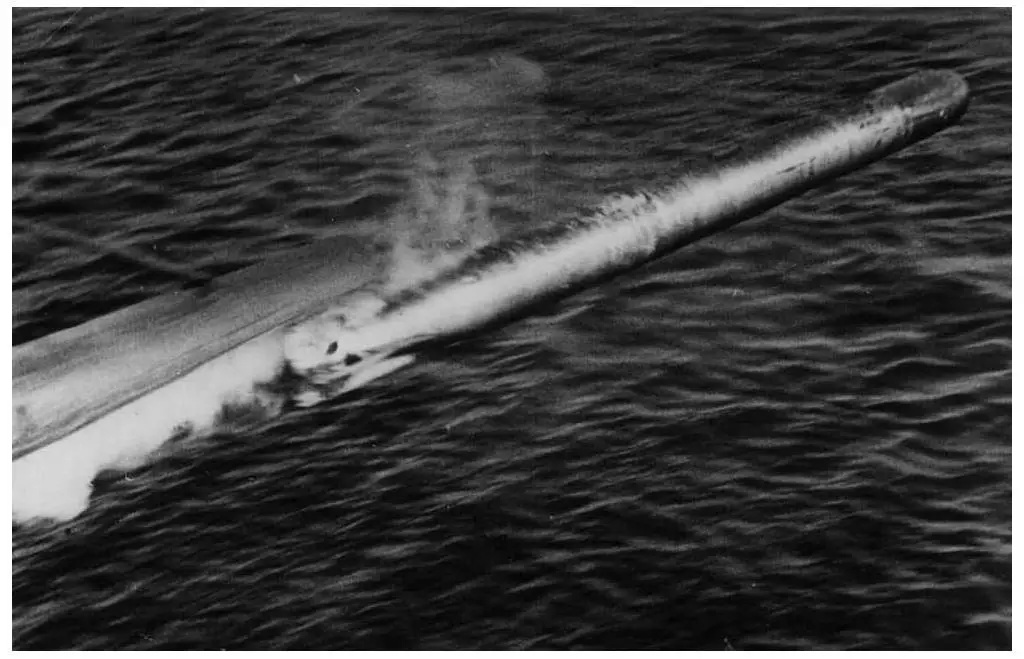
A MAS boat launching a torpedo.
On 29 September 1942, the two Italian MAS tried to torpedo a Russian armed motor barge. On 22 October 1942, a few days before the lake’s glaciation, they fought their last battle by attacking three Soviet gunboats using torpedoes and machine guns. In Spring 1943, Italy provided the three remaining MAS to the Finnish Navy and the crews returned to Italy.
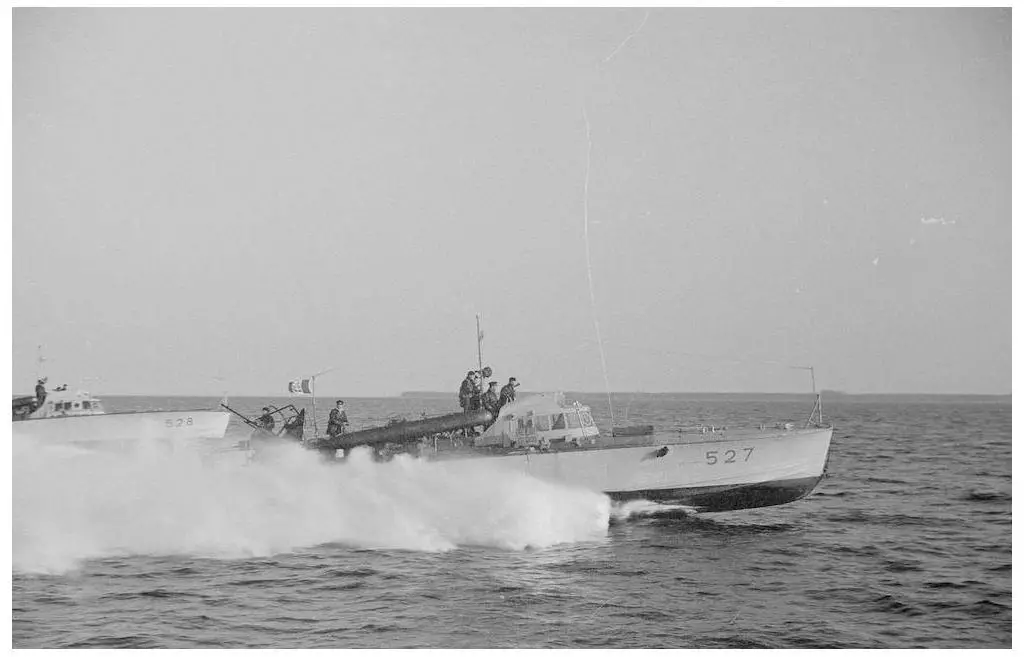
MAS 527 and 528 on Lake Ladoga in 1942.
Cruiser Molotov Specifications
The Russian Registry classified the Molotov Cruiser as light. However, compared with similar units in other Navies of the same period, the tonnage and armament are similar to heavy cruisers.
Construction
Marti shipyards, Nikolaiev: construction November 1936, launched 22 March 1939, commissioned 16 June 1941.
Displacement
Normal: 8,800, Full: 11,500
Dimensions (Meters)
L: 191.5, W: 18, D: 6.1
Engines
6 Boilers and 2 Turbines for 110,000 HP
Speed
30-35 Knots
Range
3,500 miles at 19 knots
Armor
Vertical 76 mm, Horizontal 51 mm
Armament (mm)
(9) 181/57 mm; (6) 100/47 mm; (6 to 14) 45/46 mm AA; (1) aircraft launcher with two aircraft, (6) 533 mm. torpedo launchers.
Crew
730
Regia Marina Vessels in the Black Sea and Lake Ladoga
Lake Ladoga Order of Battle
XIIª Squadriglia Squadriglia MAS. Commanding Officer: Capitano di Corvetta Bianchini
526: Damaged on 25 July 1942 and put out of action.
527: Provided to Finland in 1943.
528: Provided to Finland in 1943.
529: Provided to Finland in 1943.
Black Sea Order of Battle
CB Midget Submarines
1st Squadriglia Sommergibili CB. Commanding Officer: Francesco Mimbelli.
CB 1: Ceded to Romania after the armistice. Sabotaged in August 1944.
CB 2: Ceded to Romania after the armistice.
CB 3: Ceded to Romania after the armistice. Sabotaged in August 1944.
CB 4: Ceded to Romania after the armistice. Sabotaged in August 1944.
CB 5: Sank following an air attack on 13 June 1942.
CB 6: Ceded to Romania after the armistice. Sabotaged in August 1944.
Motoscafo Armato Silurante (MAS) Torpedo Armed Motorboat Units
VIII MAS Squadron. Commanding Officer: Lieutenant Emilio Legnani
566: Provided to Germany 20 May 1943.
567: Provided to Germany 20 May 1943.
568: Provided to Germany 20 May 1943.
569: Provided to Germany 20 May 1943.
XIX MAS Squadron. Commanding Officer: Lieutenant Commander Curzio Castagnacci
570: Provided to Germany 20 May 1943.
571: Sunk by Soviet aircraft on 09 September 1942.
572: Sunk after colliding with MAS 566 on 12 May 1943
573: Provided to Germany 20 May 1943.
574: Provided to Germany 20 May 1943.
575: Provided to Germany 20 May 1943.
Motoscafo da Turismo Silurante Modificato (MTSM) Motor Torpedo Boats
101ª Squadriglia Mezzi Speciali
204: Returned to Italy on 16 March 1943.
206: Returned to Italy on 16 March 1943.
208: Returned to Italy on 16 March 1943.
210: Returned to Italy on 16 March 1943.
216: Returned to Italy on 16 March 1943.
Motoscafo da Turismo (MT) Explosive Torpedo Boats
5 Units